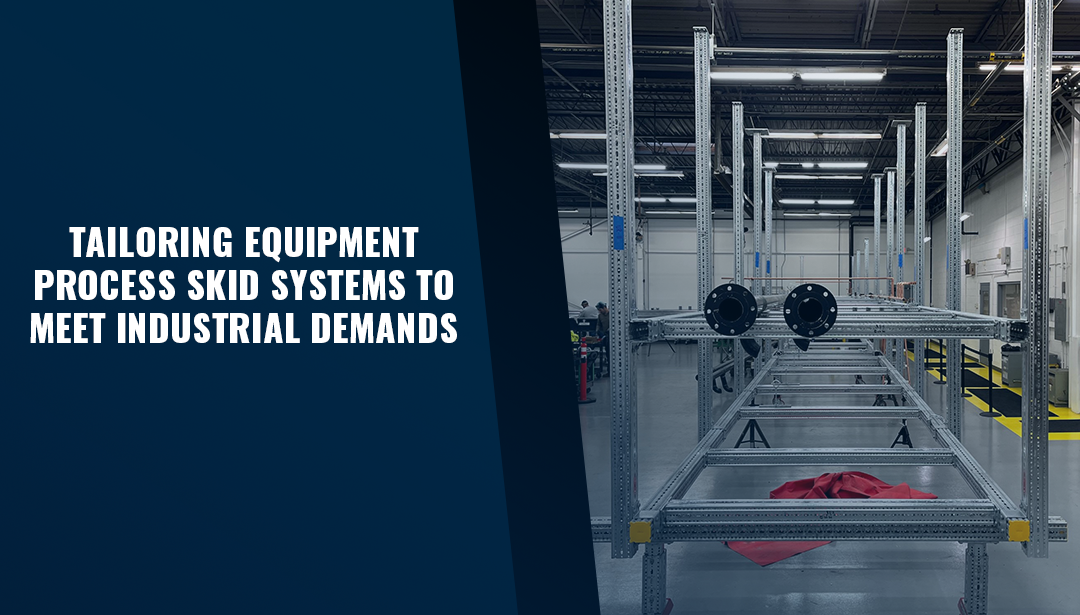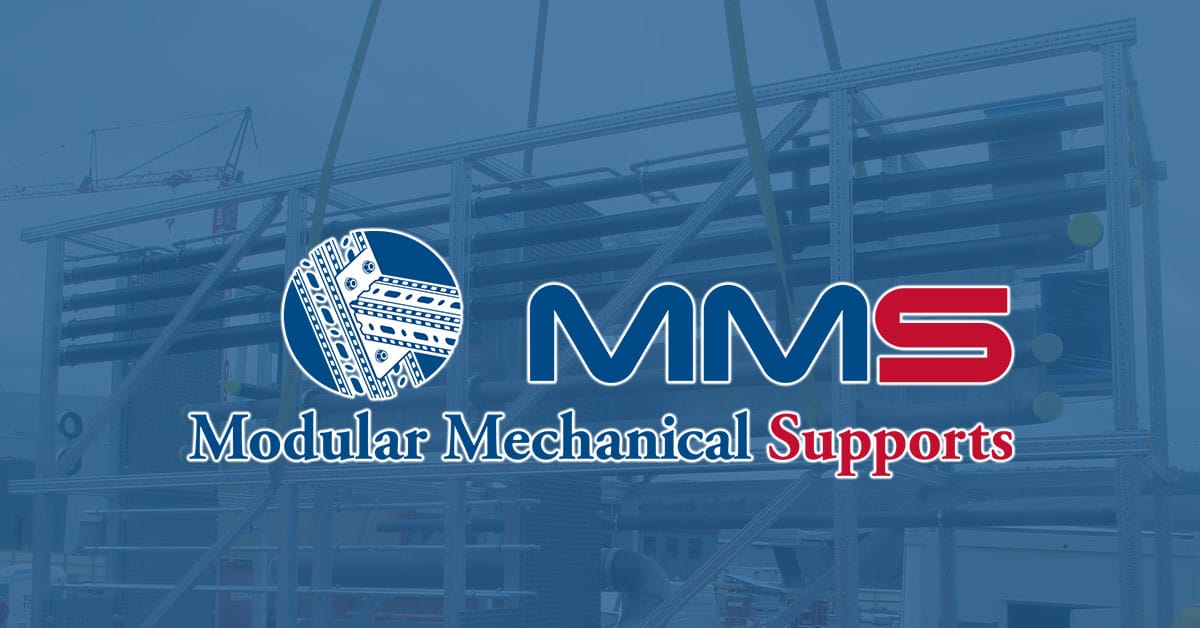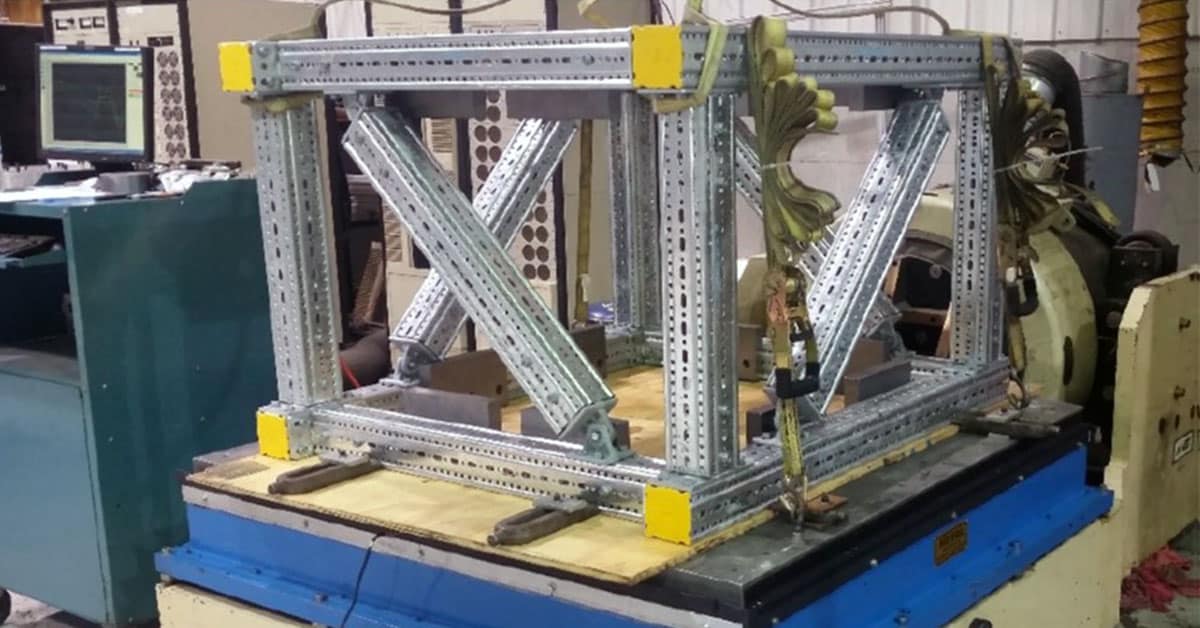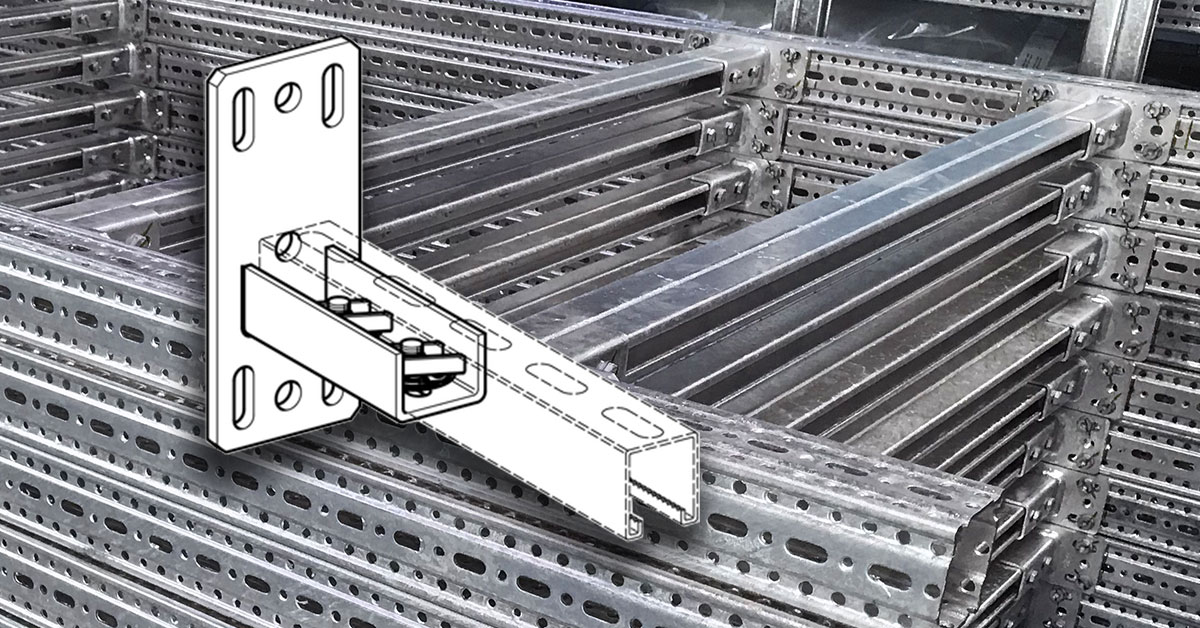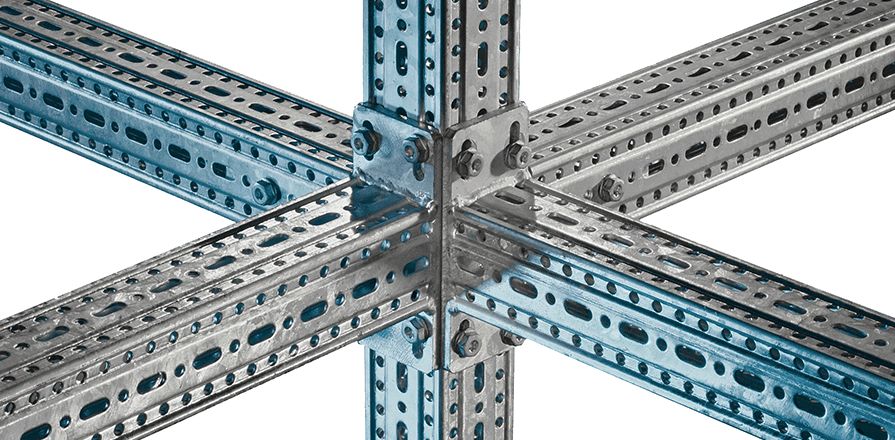Process skid systems for housing equipment have become essential solutions in modern industrial settings, providing a compact and organized framework for housing important components such as pumps, tanks, valves, and other machinery. By consolidating multiple elements into a single, portable unit, these systems significantly enhance facility efficiency through optimized use of space and streamlined functionality.
As industries seek to minimize downtime and maximize productivity, custom modular process skid systems stand out by offering unmatched flexibility, long-lasting durability, and accelerated on-site installation. These factors make them a smart investment for evolving operational demands.
What Is a Process Skid?
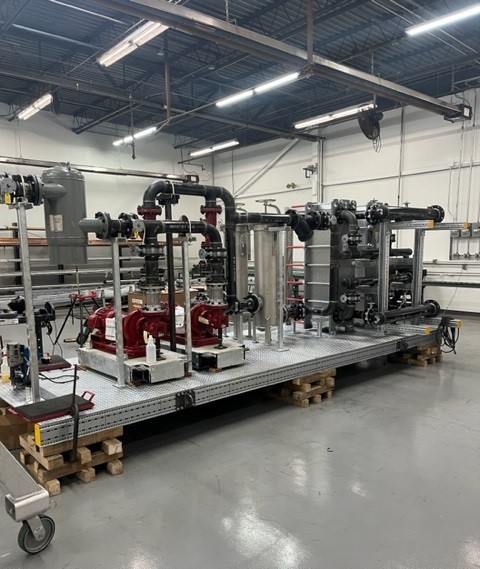
Process skids, aka equipment skids, or modular process skids are pre-assembled, self-contained units designed to house essential industrial equipment within a single, unified framework. Featuring a modular design, these systems integrate components such as pumps, tanks, pipes, valves, and instrumentation into a compact, portable structure.
This integration allows for streamlined setup and operation, reducing the complexity and time typically associated with on-site installation. By centralizing equipment into one movable platform, the skidding system not only simplifies installation but also make maintenance more efficient, enabling quicker access and easier servicing while minimizing disruptions to facility operations.
Why Are Modular Process Skid Systems Essential for Industrial Facilities?
Modular Process Skids play a crucial role in industrial operations by offering a compact, efficient, and scalable solution for housing critical equipment. By consolidating multiple components such as pumps, tanks, and piping into a single, space-saving unit, these systems help facilities maximize floor space and reduce clutter. Their pre-engineered, plug-and-play design significantly shortens installation time, enhancing overall operational efficiency and allowing faster project deployment.
In addition, modular skids offer scalability, enabling easy upgrades or expansions as operational needs evolve. Their transportable and accessible layout also minimizes downtime during equipment installation and maintenance, making them especially valuable in industries where maintaining tight schedules and uninterrupted productivity is essential.
What Factors Should Be Considered When Designing an Equipment Skid System?

The design of equipment skid systems is influenced by several critical factors that ensure optimal performance, safety, and compliance.
- First, the specific application requirements—such as fluid transfer, chemical processing, or pressure control—determine the type and configuration of equipment integrated into the skid.
- Material selection is equally important, with options like stainless steel or carbon steel chosen based on environmental conditions, corrosion resistance, and operational demands.
- Designers must also account for space constraints, ensuring the system fits within the available footprint while maximizing accessibility and functionality.
- Additionally, careful engineering for load and weight distribution is essential to maintain stability and ensure safe operation under varying conditions.
- Finally, all skid systems must comply with relevant industry standards and regulations, addressing both safety and environmental considerations to meet legal and operational benchmarks.
Can Process Skids Be Prefabricated for Faster Installation On-Site?

Prefabrication offers significant benefits to modular skid systems by enabling components to be assembled in a controlled, off-site environment, where precision, quality control, and consistency are closely monitored. This approach ensures that each skid system is built to exact specifications, reducing the likelihood of errors and rework during installation.
As a result, prefabricated skid systems greatly reduce on-site installation time and labor costs, minimizing disruptions to ongoing operations and allowing facilities to maintain productivity. Their efficiency makes them especially valuable for fast-tracked projects, where meeting tight deadlines and minimizing downtime are critical to success.
Real-World Examples: How a Custom Skidding System Optimizes Space and Performance
- Military Pipe Bridge Installation in Eastern Pennsylvania: In a project for a military facility in Eastern Pennsylvania, Modular Mechanical Supports engineered a modular pipe bridge using Sikla siFramo structural framing. The system incorporated 100 ft of siFramo 80, 1,900 ft of siFramo 100, and 50 ft of siFramo 160. The modular design allowed for on-site assembly and efficient installation, with the structure hoisted into place after securing piping and tubing. This approach ensured a stable, overhead solution that protected utility lines from ground-level hazards, demonstrating the effectiveness of custom skid systems in optimizing space and performance in military applications.
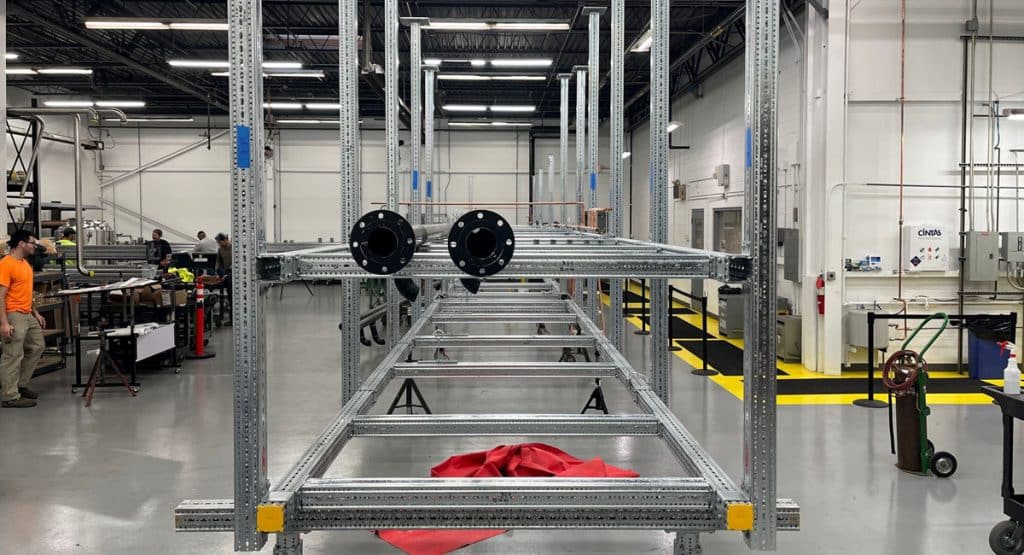
- Custom Pump Skids for a Multi-Level Facility in Philadelphia: Modular Mechanical Supports collaborated with a Philadelphia-based client to develop two pump skids tailored for a multi-level building. The project presented specific challenges, including the need for a non-welded frame assembly and a reliable method for lifting the skids during shipping and installation. To address these requirements, the design incorporated Sikla Modular Structural Steel framing, which utilizes mechanical fasteners instead of welding, ensuring both strength and ease of assembly. Additionally, custom-fabricated, adjustable lifting lugs were engineered to handle the weight of the fully loaded skids, facilitating safe and efficient transport. This approach not only streamlined the installation process but also minimized on-site labor and potential disruptions to the facility’s operations.

Modular Mechanical Supports specializes in delivering tailored skid system solutions designed to meet the specific needs of diverse industrial projects. With deep expertise in custom fabrication, our company excels at translating unique project specifications into practical, high-performance systems. Our prefabrication services offer significant advantages, including shortened project timelines, improved precision, and reduced on-site installation challenges. By assembling systems in a controlled environment, we ensure consistency and minimize potential disruptions during deployment. MMS is also committed to using high-quality materials and adhering to all relevant industry regulations, ensuring that every skid system is both durable and compliant, built to perform reliably in demanding conditions.
Have a project and in need of guidance?
Let our experts assist you in making the right decision!

